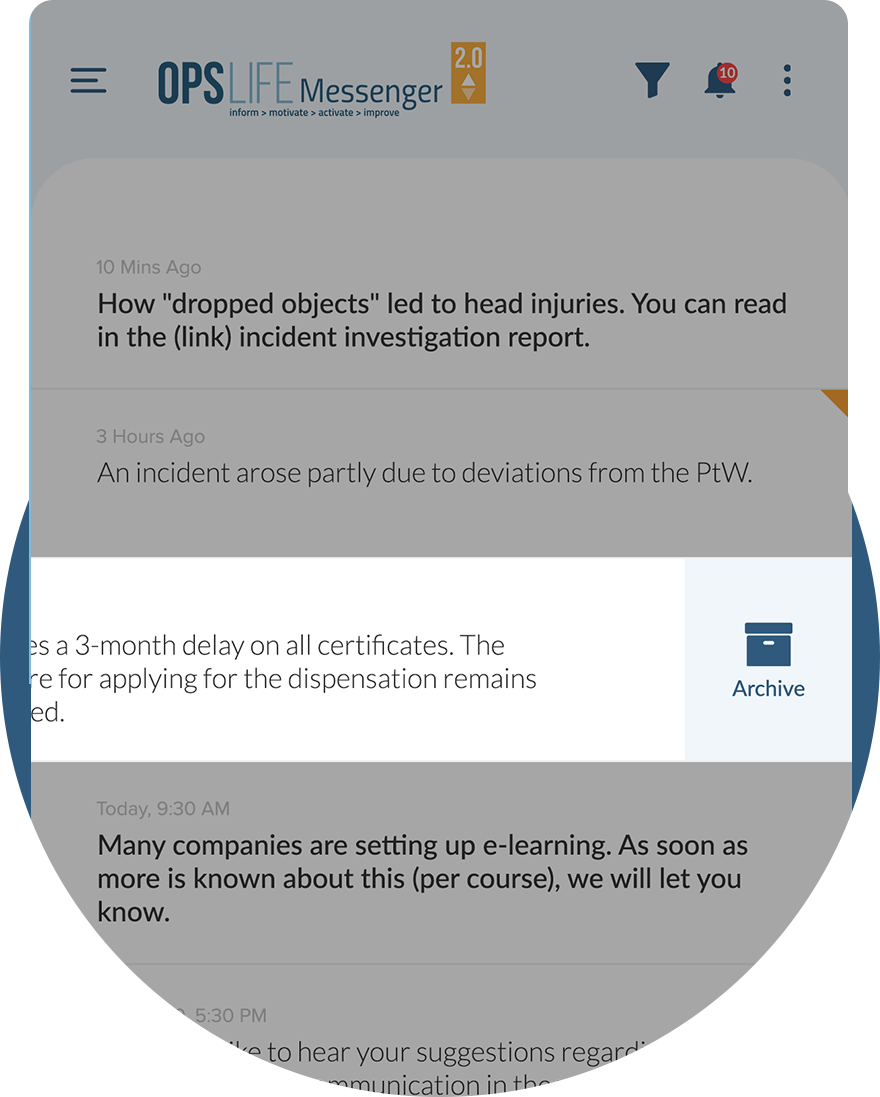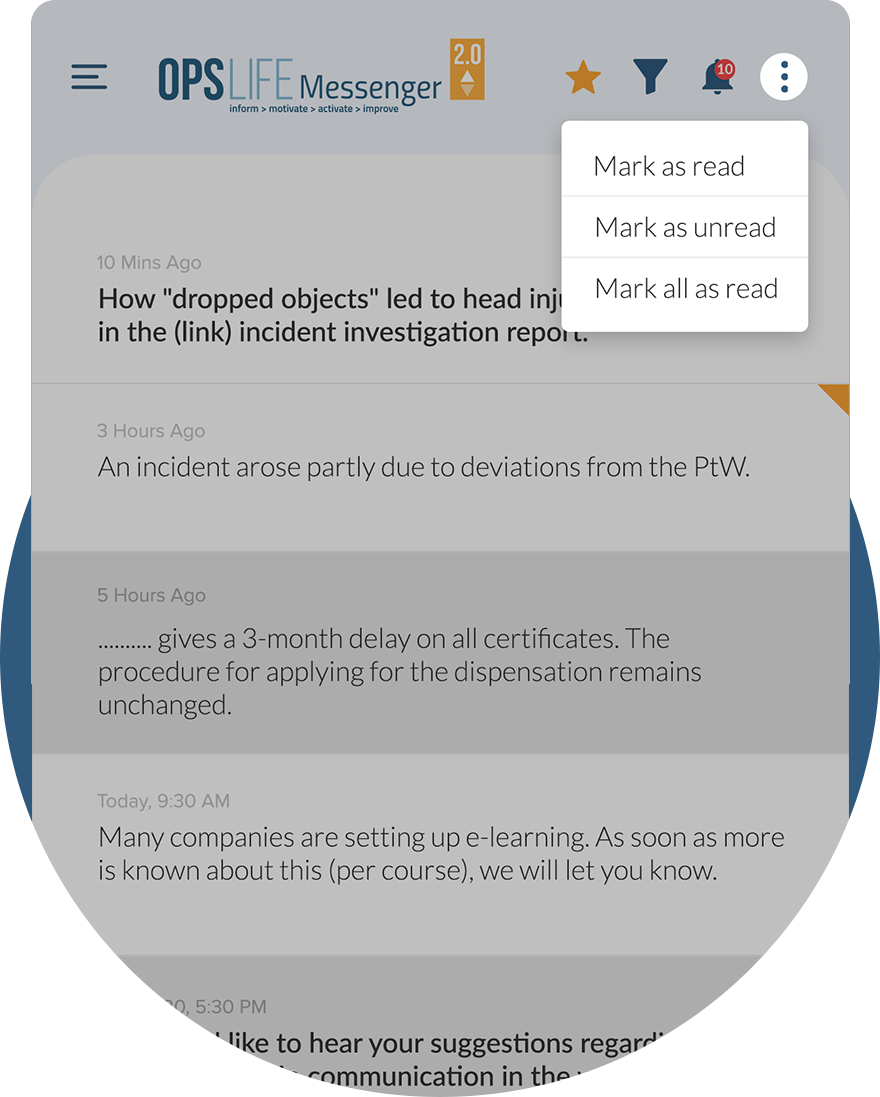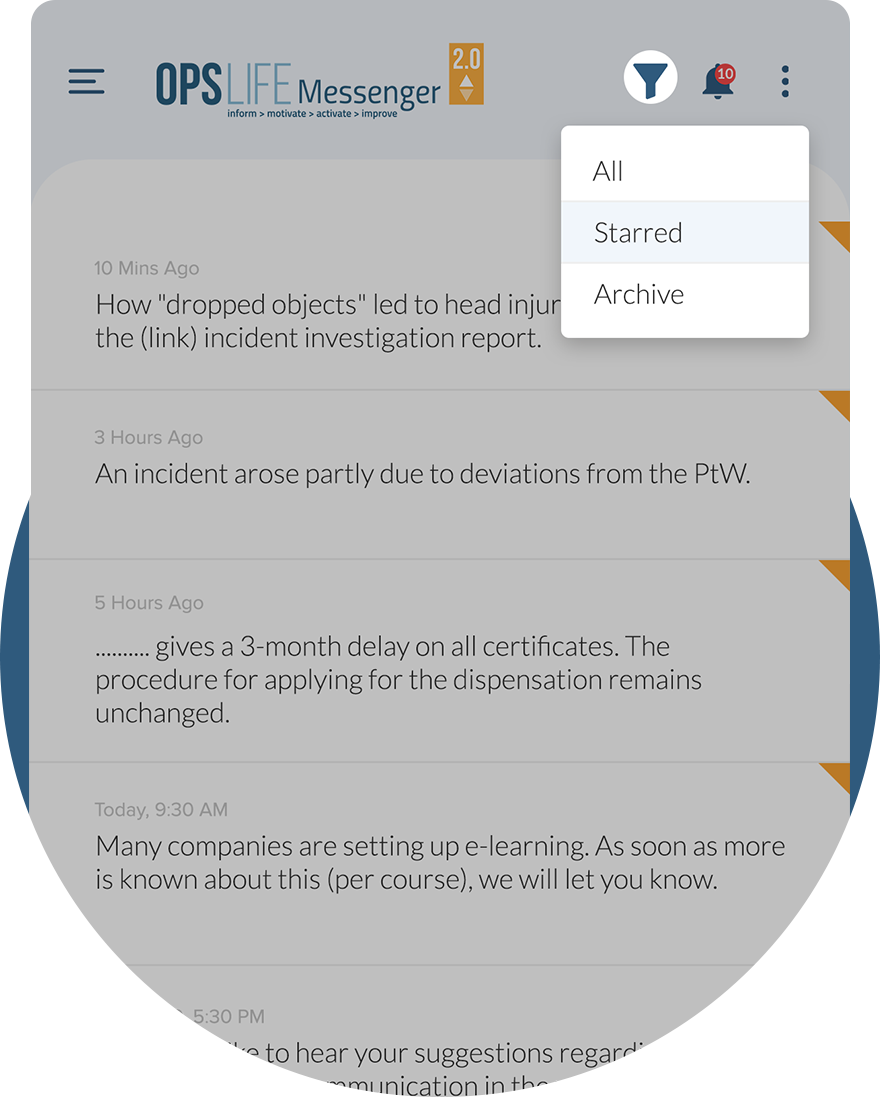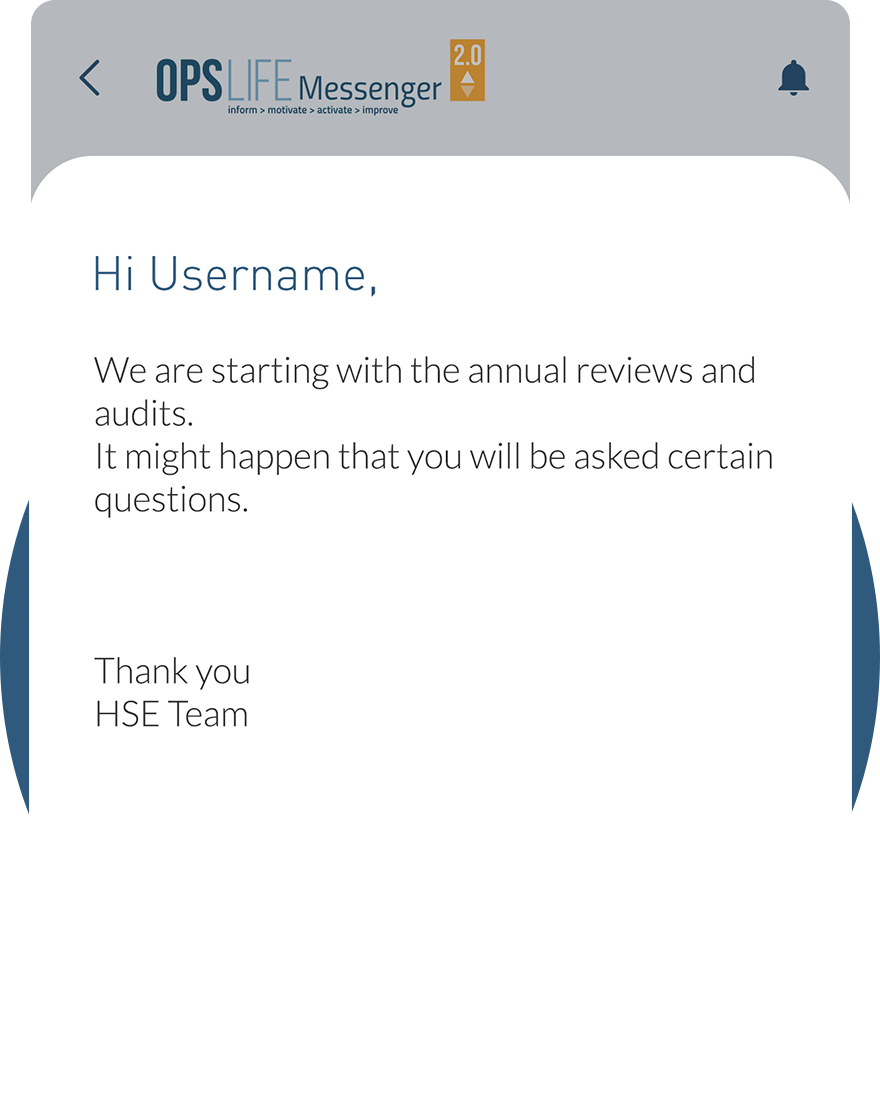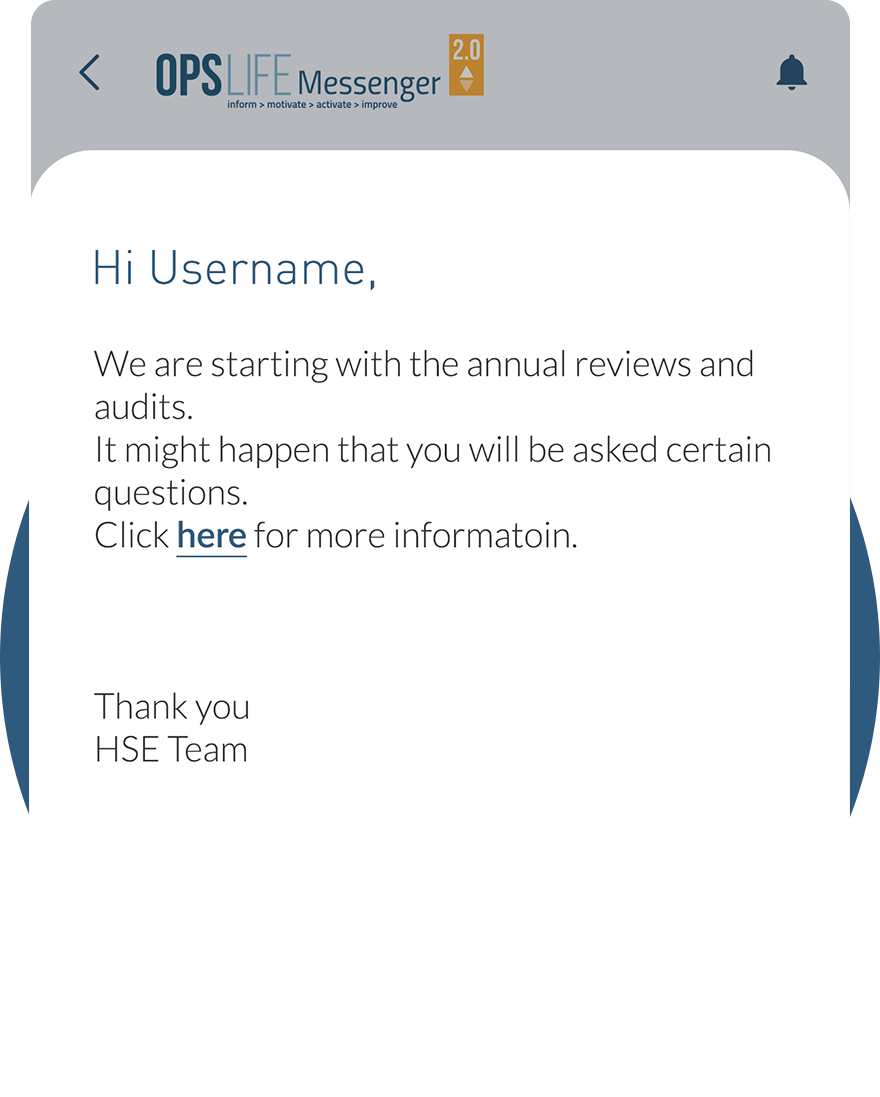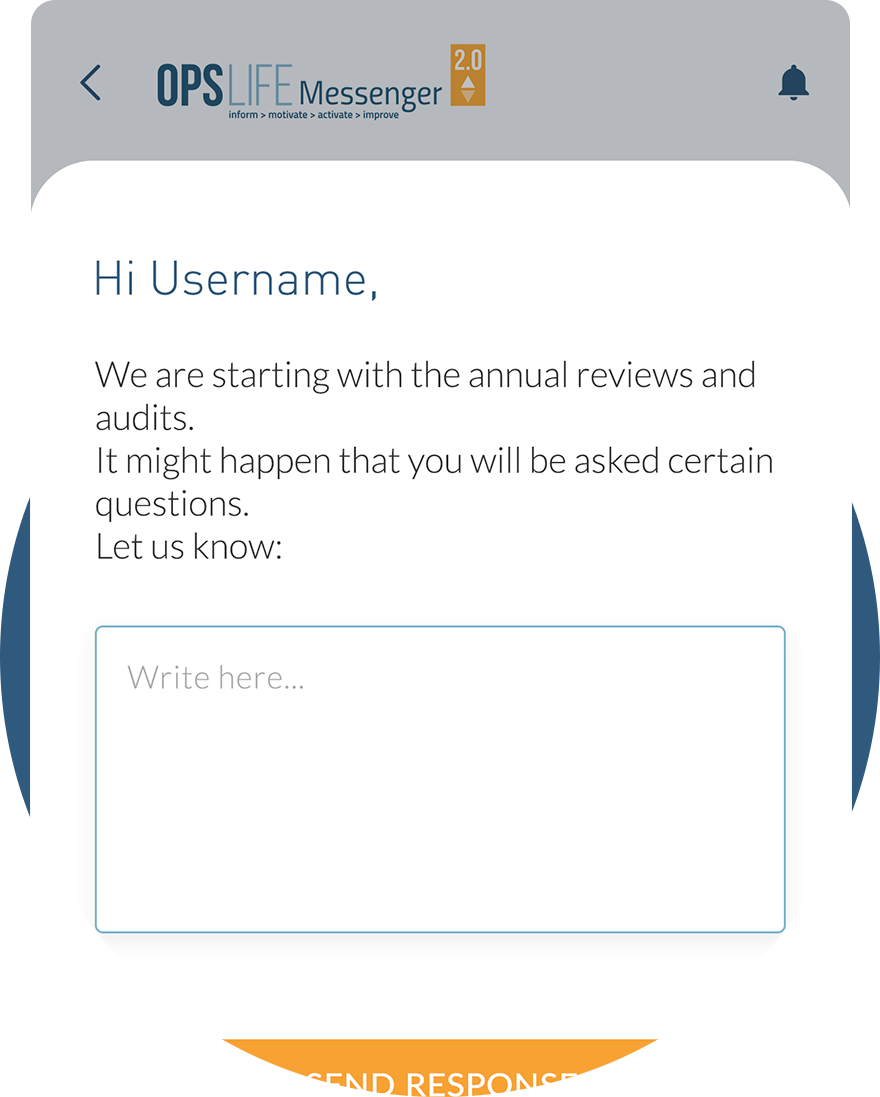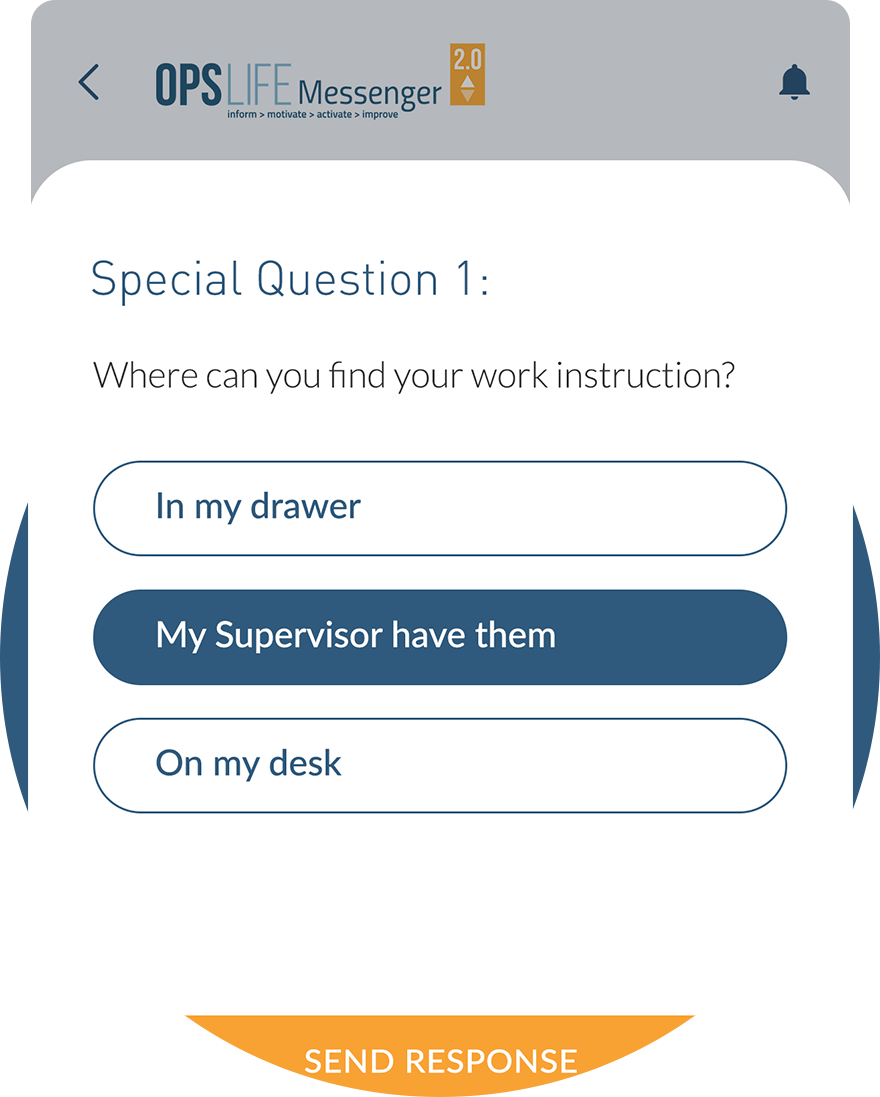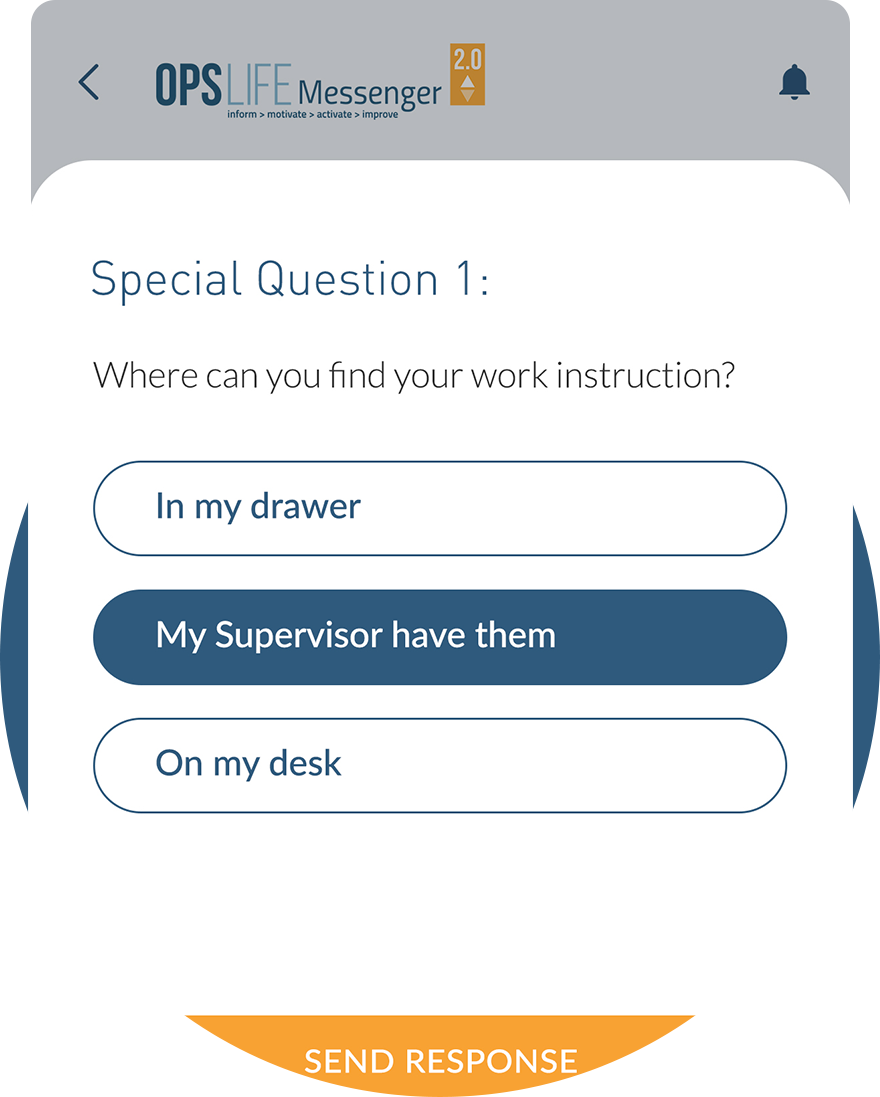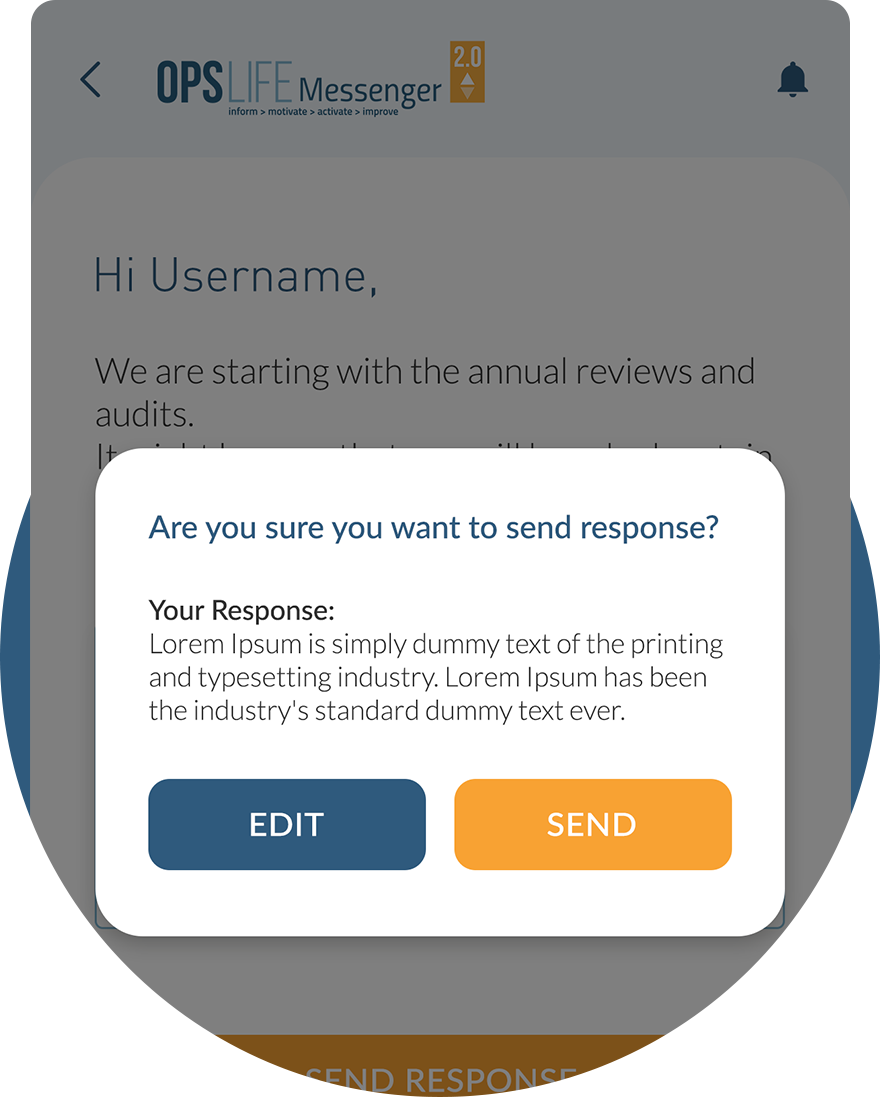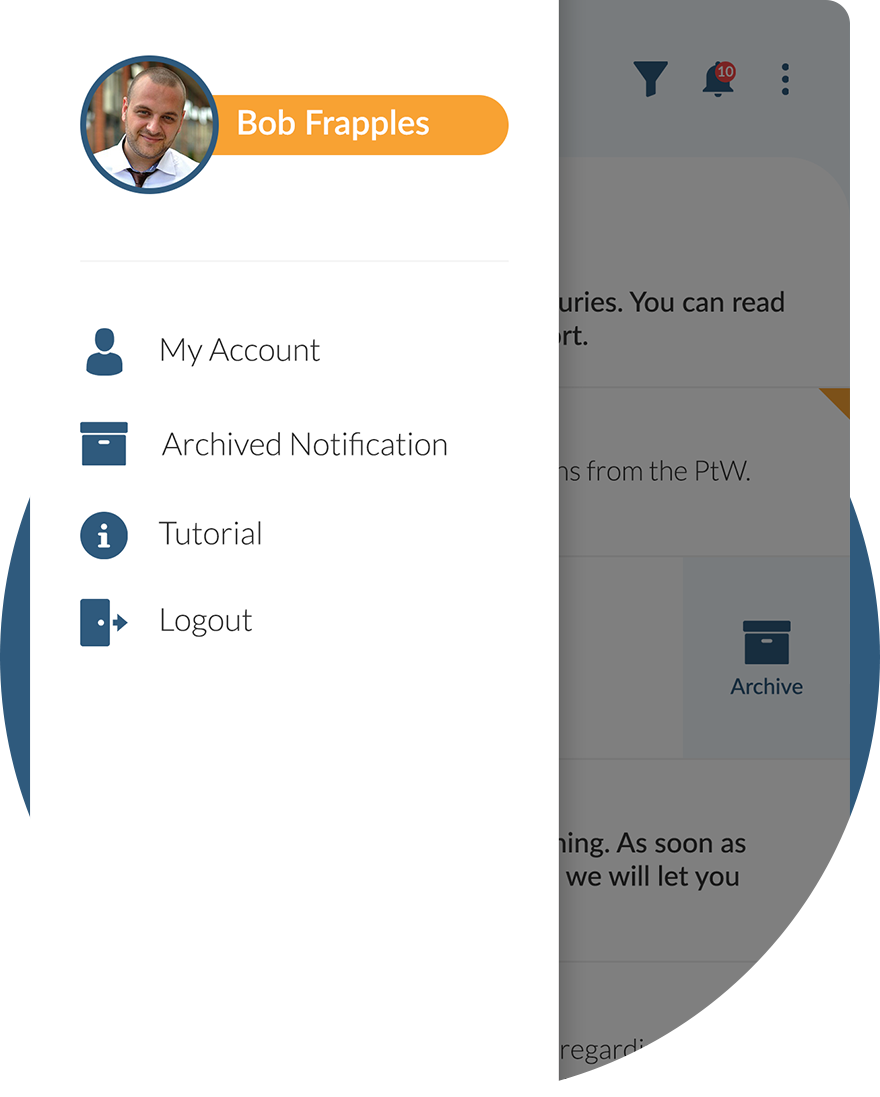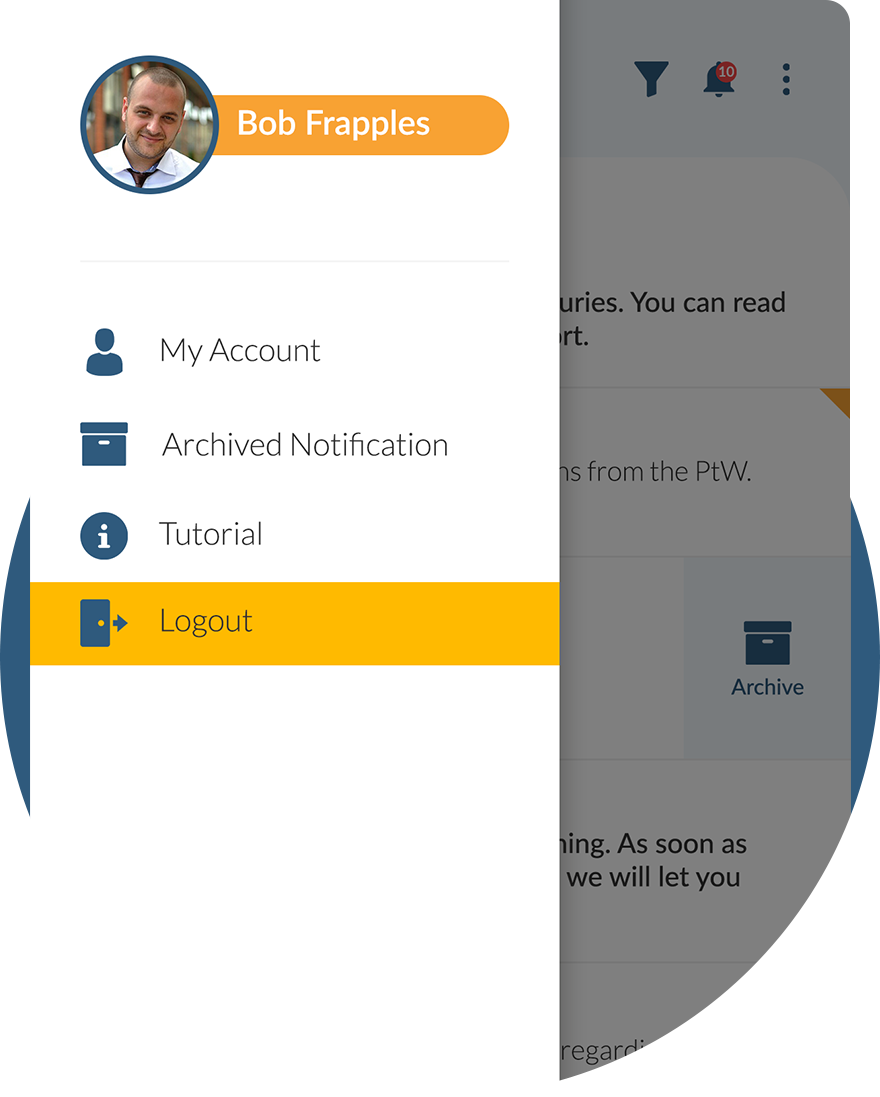Basic HSE information about Nitrogen gas and set of tools to be used at work.
Nitrogen gas
- Workplace Information
- Toolbox Information
- Check Your Knowledge
- Action Focus Campaign
IMPORTANT INFORMATION
Stop work in cases of uncertainty, danger or deviations from the work permit; never improvise!
Report any unforeseen event or situation that deviates from the work permit to the HSE Manager immediately.
- Work with the wind behind you and ensure that the workplace is properly ventilated.
- Cordon off the workplace and respect barriers and cordons during maintenance work (nitrogen gas tanks).
- Have oxygen levels measured by an authorised gas tester.
- Take measurements regularly.
- Use the required additional PPE in workplaces with a risk of exposure to nitrogen.
WHAT IS IT?
Nitrogen gas is naturally present in the air, of which it comprises approximately 78%. Highly compressed nitrogen gas is used for maintenance and inspection purposes. When it is released, it displaces the oxygen in the atmosphere. In concentrations higher than natural levels, nitrogen gas poses a major health risk. It can even lead to death. This means that extreme caution is necessary when nitrogen gas is being used.
PROPERTIES OF NITROGEN GAS
- odorless
- tasteless
- invisible
- non-combustible
- oxygen displacing
- heavier than air
HAZARDS
In general: Nitrogen gas displaces oxygen.
Inhalation: difficulty breathing, headache, dizziness, nausea, unconsciousness, death through asphyxiation.
Skin contact: risk of freezing: redness, pain, blisters, wounds.
Eye contact: risk of freezing: redness, pain, vision impairment.
PREVENTION
PREPARING FOR WORK
- read the work permit carefully
- ensure you are familiar with the risks of the job
- thoroughly discuss the risks (toolbox meeting)
- inspect your workplace
- familiarize yourself with safety routes and assembly point(s); ask your company for more information about this
- take the necessary precautionary measures
- use the correct (extra) Personal Protection Equipment (PPE)
- respect the areas marked as potentially containing high concentrations of nitrogen gas
PREVENTING EXPOSURE – BEFORE STARTING WORK
- ensure monitoring of oxygen levels by an authorized gas tester
- ensure registration of these measurements in the work permit
PREVENTING EXPOSURE – DURING WORK
- work and operate according to procedures and instructions; ask your company about their specific requirements
- use the correct (extra) PPE
- ensure measurements are carried out regularly
- work with wind at your back
- ensure good ventilation or deploy extra air extraction
PROTECTION
Always use the correct extra PPE in workplaces where nitrogen gas is suspected. Ask your company for further information in relation to this.
IN CASE OF...
CALAMITIES
Ensure your personal safety first:
- leave the workplace diagonally to the wind
- go to an assembly point located in a windward location; ask your company about this
Please note: never re-enter the workplace without independent respiratory protection equipment!
EXPOSURE
In general: when rescuing any affected person use independent respiratory protection equipment only (pressurized air)
Inhalation: request medical assistance immediately – commence artificial resuscitation until professional help arrives
kin contact: rinse with plenty of lukewarm and clean water – if clothing is stuck to the skin, never peel it off
Eye contact: rinse with plenty of lukewarm and clean water – remove any contact lenses (if possible)
Severe exposure: alert a doctor immediately; contact the health and safety service (ask your company about this)
Start your daily work with safety!
Onscreen presentation is very useful to use during work preparation or toolbox meetings. It provides short and concrete information. Five questions and answers at the end of presentation can be used to make the meeting more interactive and to give conversation a boost.
Be always prepared for the work!
It is of utmost importance to be well prepared before you start the work.
By clicking on the button below you can check your knowledge about this HSEQ subject.
After completion of the knowledge check, your certificate will be visible in
MY ACCOUNT > My training.
